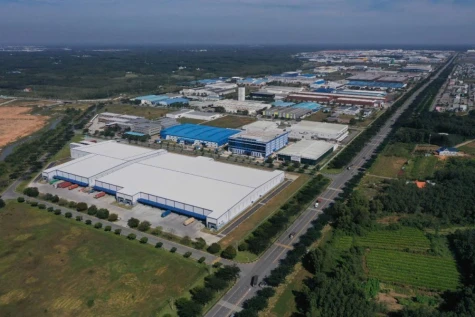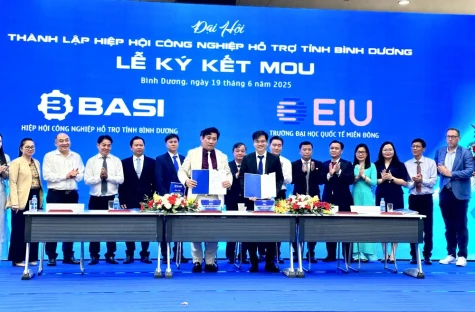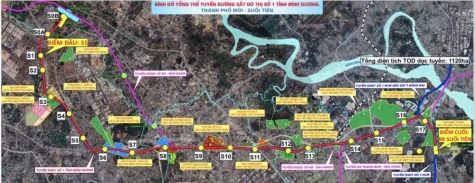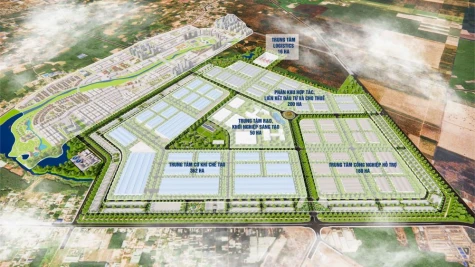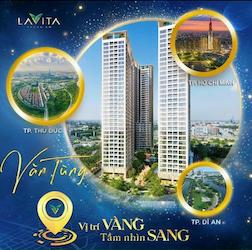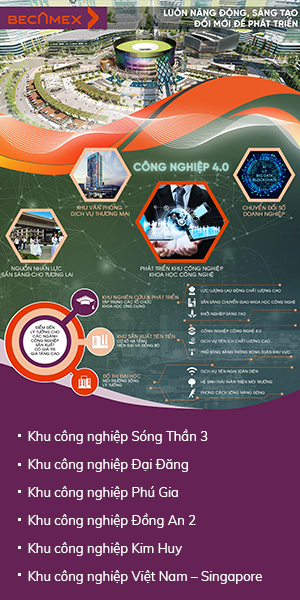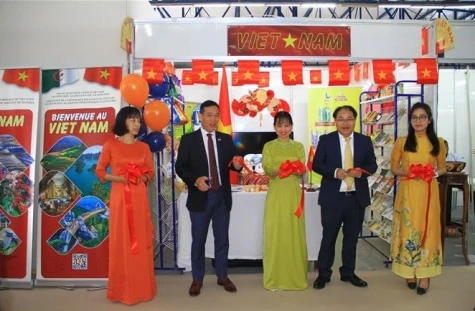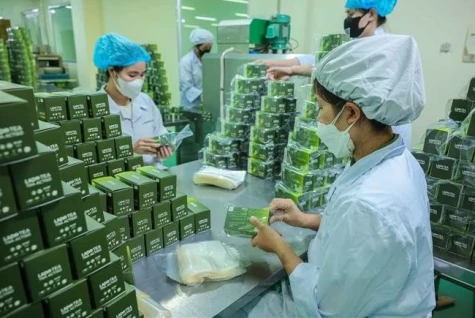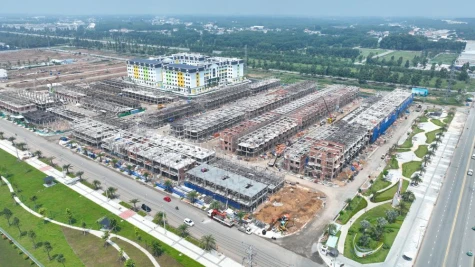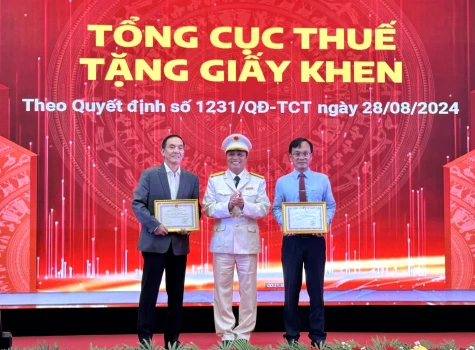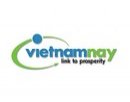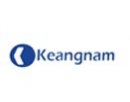To ensure sustainable industrial development, Binh Duong is restructuring its industrial spatial distribution. Accordingly, industrial parks (Ips) will be developed in association with traffic belts to facilitate logistics and regional connectivity, driving economic growth for Binh Duong and the entire Southeastern region.
Attracting investment into IPs
To date, Binh Duong is one of the provinces with the highest urbanization rate in the country (reaching 85%), featuring five cities and a well-developed, modern traffic infrastructure system. Binh Duong is also one of the leading provinces in the country in industrial production and FDI attraction.

The infrastructure system of province-based IPs is increasingly well-planned and comprehensive, ensuring regional connectivity and meeting the production and business needs of both domestic and foreign enterprises
To enhance the local competitiveness, Binh Duong is actively attracting investment into its planned IPs. The province has designated nearly 20,000 hectares of new industrial land to establish a next-generation industrial belt. This industrial expansion is strategically aligned along key traffic corridors, including Ho Chi Minh City’s belt road 4, the Ho Chi Minh city – Thu Dau Mot – Chon Thanh expressway, the Ho Chi Minh highway passing through Binh Phuoc, Binh Duong, Tay Ninh and Long An provinces. According to the master plan, nearly 200 km of expressways will run through Binh Duong, enhancing connectivity to airports and seaports, thereby creating new opportunities for the local development.
According to investors, Binh Duong has a well-planned vision as its infrastructure is continuously being developed and increasingly improved. Specifically, Binh Duong plans economic, industrial, urban, and service corridors integrated with inter-regional traffic corridors such as belt roads 3, 4 of Ho Chi Minh city and national highways passing through the area. Industrial zones will be developed alongside these traffic corridors, facilitating efficient logistics, regional connectivity and economic growth for Binh Duong the entire Southeastern region.
According to Nguyen Trung Tin, Head of provincial Ips Management Board, the province will invest in 10 new IPs by 2030, including two IPs in North Tan Uyen district and Tan Uyen city set for development in 2025, covering 1,000 hectares. By 2030, eight additional Ips in North Tan Uyen, Dau Tieng and Phu Giao districts will be established, spanning over 6,000 hectares. According to leaders of provincial Department of Industry and Trade, the department is advising provincial People's Committee on developing evaluation criteria to identify businesses located outside industrial parks and clusters in the southern region for functional conversion and relocation into designated IPs.
The province is also developing urban areas based on the Transit-Oriented Development (TOD) model and the Integrated Industrial-Urban-Service Zone model. Accordingly, IPs will be strategically located along traffic corridors and major highways, especially along Ho Chi Minh city’s belt road 4 and expressways connecting to seaports and international airports, enhancing logistics and traffic connectivity.
The province is also developing urban areas based on the Transit-Oriented Development (TOD) model and the Integrated Industrial-Urban-Service Zone model. Accordingly, IPs will be strategically located along traffic corridors and major highways, especially along Ho Chi Minh city’s belt road 4 and expressways connecting to seaports and international airports, enhancing logistics and traffic connectivity.
Development space expanded
The policy of shifting industrial development toward the northern areas of Binh Duong has upheld its effectiveness, accelerating industrial growth in various localities. In the coming time, the province will further expand development space, relocating industrial corridors to areas with ample land reserves such as Dau Tieng and Phu Giao…
Provincial master plan for the 2021-2030 period, with a vision to 2050, has clearly outlined a strategy to relocate enterprises outside IPs and transition them into the green ones in the northern areas of the province. According to Pham Ngoc Thuan, CEO of Becamex IDC, this is a breakthrough direction to create new development spaces in Thuan An city and Di An city. The traditional industrial development areas will be planned and transformed into spaces for science and technology development, high-quality services and worth-living urban areas. This transformation process will enable Binh Duong to attract substantial resources to drive development, fostering double-digit growth. Particularly, the natural process of "relocating enterprises and creating space for transformation" will help restructure the population, attracting a new population segment that contributes greater added values to the province's socio-economic development.
Binh Duong is vigorously implementing a policy on relocating industries to the northern region, expanding development space and maximizing favorable conditions to build new infrastructure that meets the province's high-quality standards.
According to leaders of provincial Department of Industry and Trade, the department is advising provincial People's Committee on establishing evaluation criteria to identify businesses outside industrial parks and clusters in the southern area that need to be repurposed or relocated to IPs. Binh Duong is also formulating support policies in compliance with legal regulations. These support policies will focus on two groups: businesses that are required to relocate and those that are encouraged to move despite still meeting operational conditions. Support policies for workers include provisions for wage subsidies during work stoppages, unemployment benefits and vocational training programs...
The province's policy of shifting industrial development to the north has been proving effective, enabling rapid industrial growth in northern localities. Numerous large-scale, modern industrial parks and clusters are being planned and developed in Bau Bang, Phu Giao and Dau Tieng districts, significantly transforming the urban image of these areas. Mr. Thuan stated that successfully implementing the plan to relocate enterprises, restructure the southern urban area and develop smart, eco-friendly industries in the north will serve as a major catalyst for Binh Duong. This strategy will attract resources to drive economic and social development while flexibly overcoming challenges related to urbanization, environmental concerns and social inequality.
According to provincial master plan for the 2021-2030 period, with a vision to 2050, Binh Duong will further develop new IPs and expand the existing ones while adhering to higher standards in science, technology and environmental protection. Notably, the province is focusing on integrating industrial development with urban and service sectors to meet the increasingly stringent requirements of international investors.
Reported by Ngoc Thanh-Translated by Kim Tin








